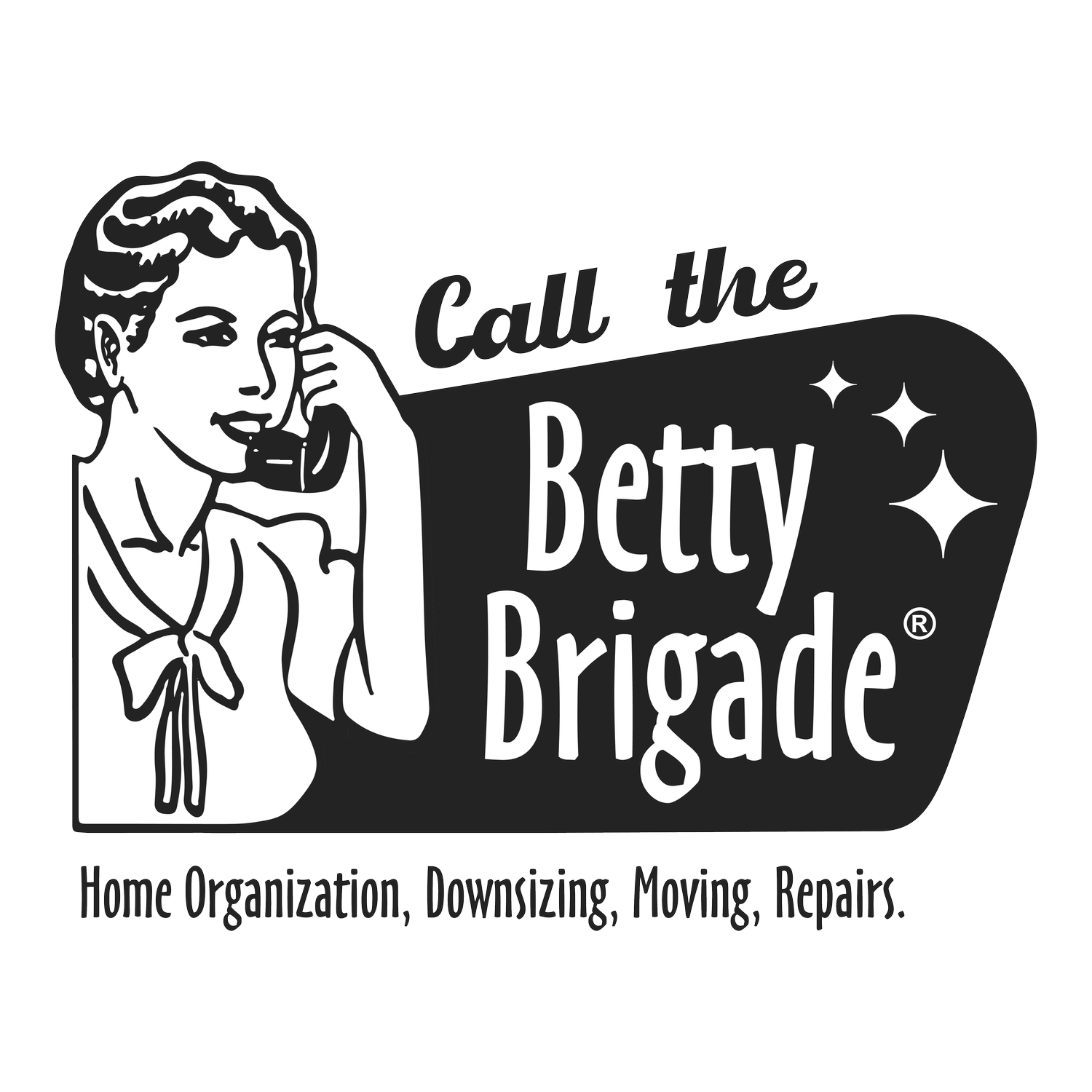Need To Downsize? It Is Time To Make A Plan
To make the downsizing process less stressful, you need to make a plan. That is what I would like to talk about today.
There’s a reason that the three most stressful things in life are Death, Divorce, and Moving. Now add downsizing before you do the actual moving. It’s hard work. Not just physically, but emotionally. Really, this is usually where you get in your way. Keeping things structured with a plan can help reduce both the physical and emotional stresses. Ideally, you get to choose where and when you downsize, however many moves end up being dictated by other circumstances such as health issues, finances, or the death of a spouse. This only adds to the stress and is all the more reason to assemble a good team of helpers. Start with the basics. Here are the four simple questions you have to answer to get going with your downsizing plan:
Where are you moving to?
When are you moving?
Who will help you?
What is going to go with you?
Considering these questions will help you identify whom you need on your team, both professionals you will pay, and volunteers who help because you asked. We’ve included a timeline for your downsizing and move at the end of the book, so you have a more detailed guide.
Step One: Where Are You Moving To?
What is the size and layout of the space you are moving into? How does it compare to your current home? Consider how both the living spaces and storage areas are changing. The bottom line is, you need to know how much stuff you can take with you. If you’re moving from 3,500 square feet to 1,000 square feet, you have to really be deliberate in what you’re taking. A good rule is first to figure out what you actually need. Here are the basics: bed, side table, dresser, bed and bathroom linens (for your new home, not your old home), couch, TV, chairs for guests (two), table for eating, lamps, dishes, glasses, silverware, clothing. That’s really all you need.
Step Two: When Are You Moving?
Create a specific timeline of what you can do before you have a moving date, and what is dependent on the moving date. Taking care of maintenance items, pre-packing, and giving things to the family can all be done ahead of time. Even things like having a professional mover in to give an estimate can be done pretty far ahead. That way, they already know what needs to be done when you call with a move date. Packing clothing and essentials, or turning in a change of address, should be done just before your move day. There is a timeline guide at the back of the book to help you know if you’re on track. When you plan to move will inform lots of other decisions. Having a timeline is important in the logistics of what needs to be done. In addition, it helps you avoid confusion and stay organized about what needs to happen next.
Step Three: Who Will Help You?
Make a list. (If you have been reading carefully, your list is already done.) Which professionals do you need? Realtors, move coordinators, professional movers, organizers, painters, landscapers, handymen, cleaners? There is a lot more information about whom to hire in later chapters, but knowing whom you might need is a good step forward. Now, let’s think about the people in your life who will help because they love you. If you have friends and family to help, great! But remember, they don’t do this regularly and have lives they are living, too. Be realistic in your expectations. Be aware that most families find the unpacking process much more fun than the sorting and packing phase. Choose people who are organized, have similar values and lifestyles and can talk and work at the same time.
Step Four: What Is Going to Go with You?
Start looking at the items you have been living with. Some need to move out, and this is the perfect time for that. Decluttering and letting go is an important piece of your move.
Identify the Following Categories:
Need – these would be the basics, like a bed, dining table, as long as they are in good repair and fulfill their purpose well.
Love – things that really make you smile and that you would feel real loss over if they were gone. This usually includes framed photos, music, and the things you display with pride.
Keeping “just because” – things that you feel compelled to keep because of where they came from but that you do not utilize or value. These should usually either be passed on to other family members who want them or donated to someone who will put them to use. You can take photos to remember them by or pick representative pieces to keep and get rid of the rest. Maybe you keep one serving bowl from Grandma’s china and display it, instead of keeping the entire 60-piece set boxed up in a closet.
This sorting phase applies to everything in your home. It can involve hundreds of decisions on your part. It is also why starting early and having good helpers are critical.We know you want to keep it all, and often that is not a realistic expectation. Starting early in the basement, attic, garage, and other storage areas make the process go much smoother. Plus, you then have a spot to put the boxes of things you do want to keep until move day. If you need help, get in touch with us: https://bettybrigade.com/contact-us/. Or give us a call Toll-free at 1-888-742-3889 or 734-994-1000
Until next time – Keep It Simple!


